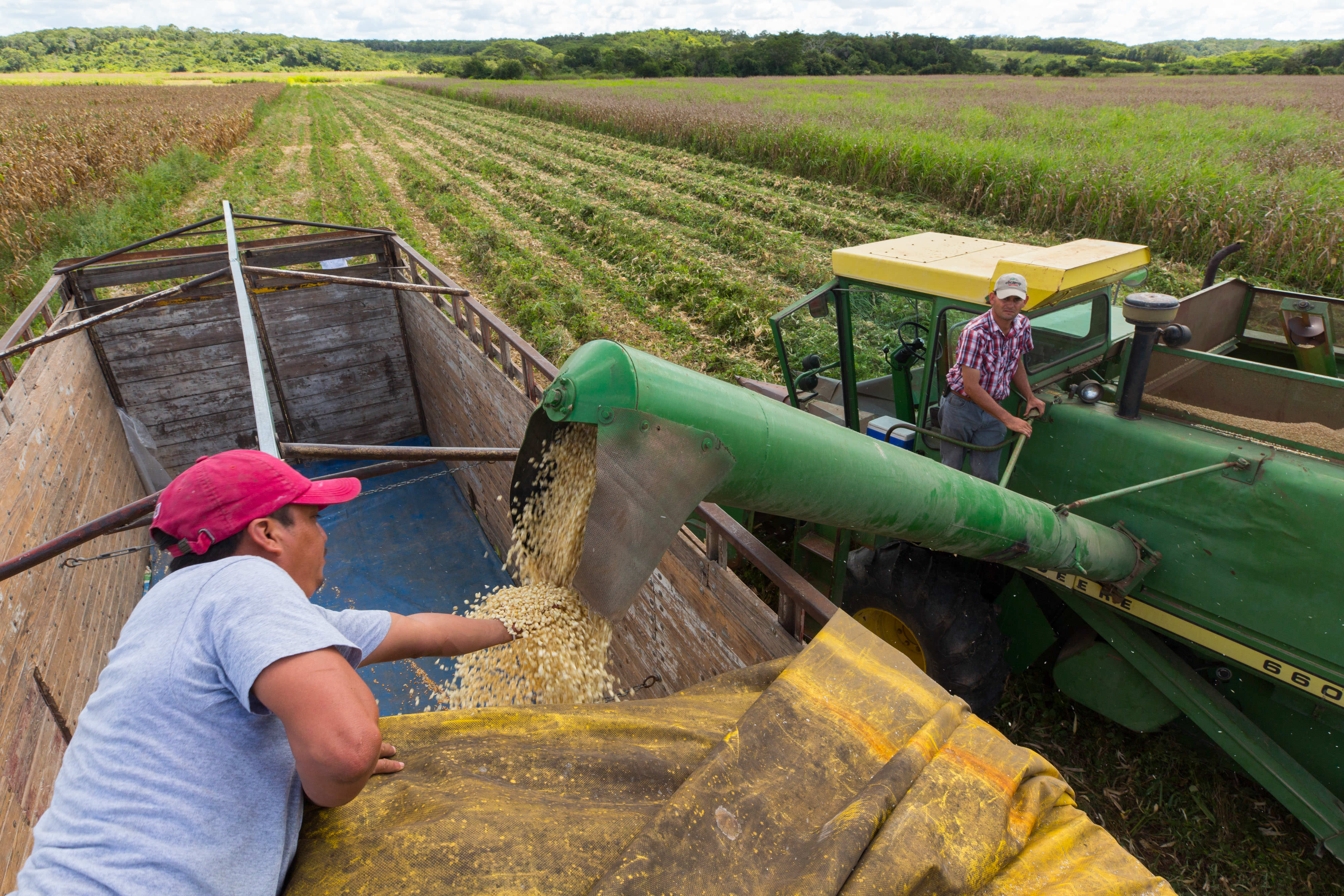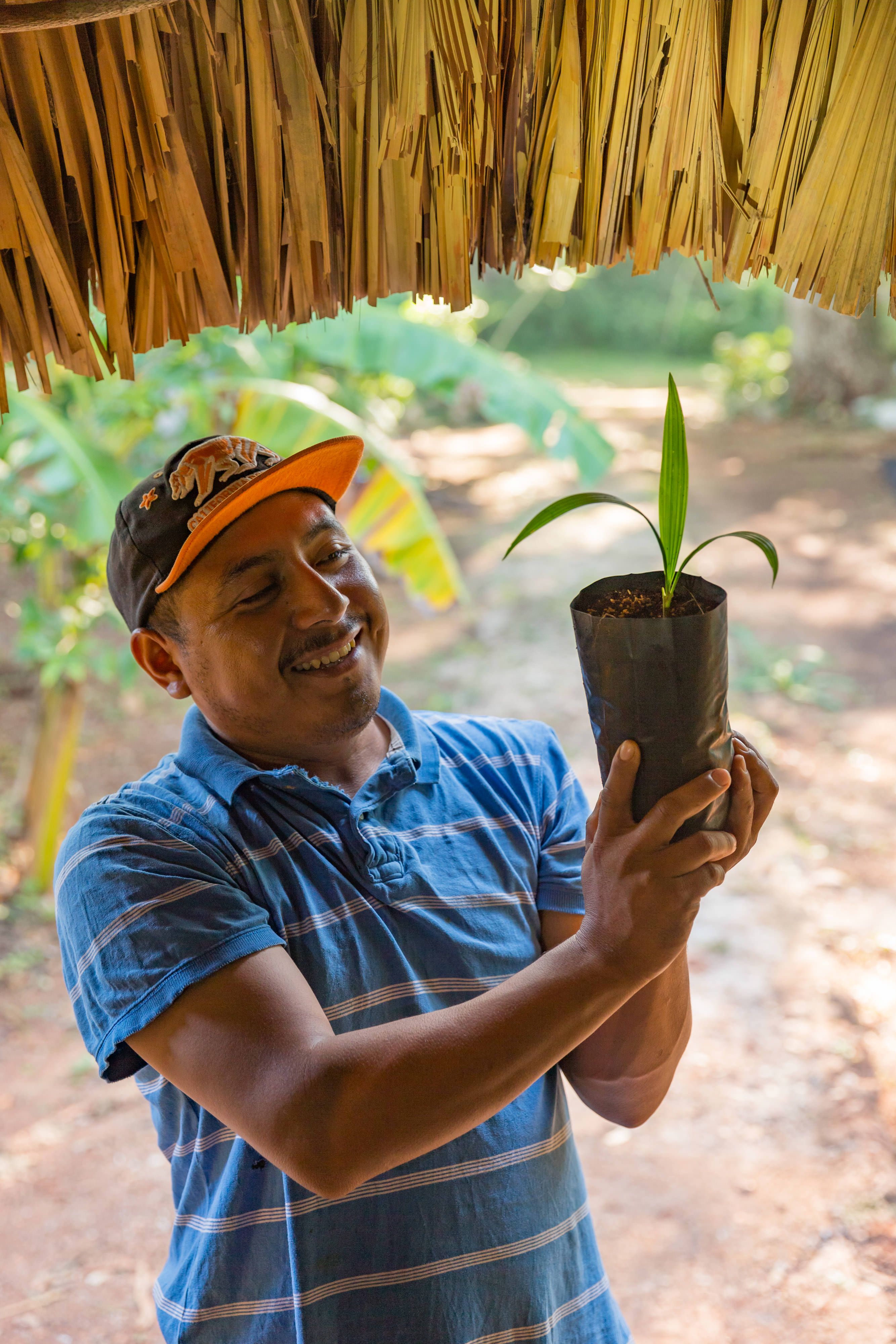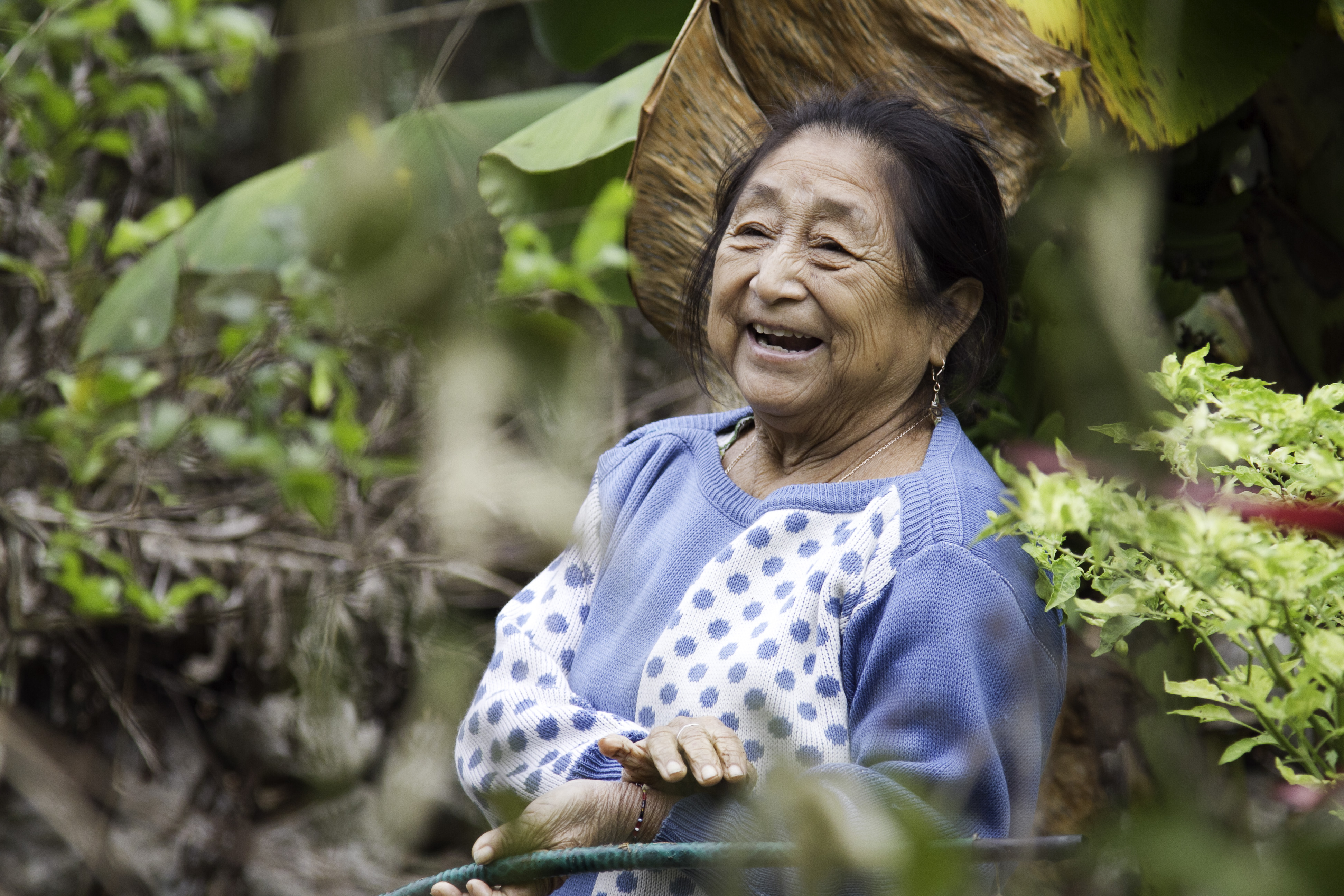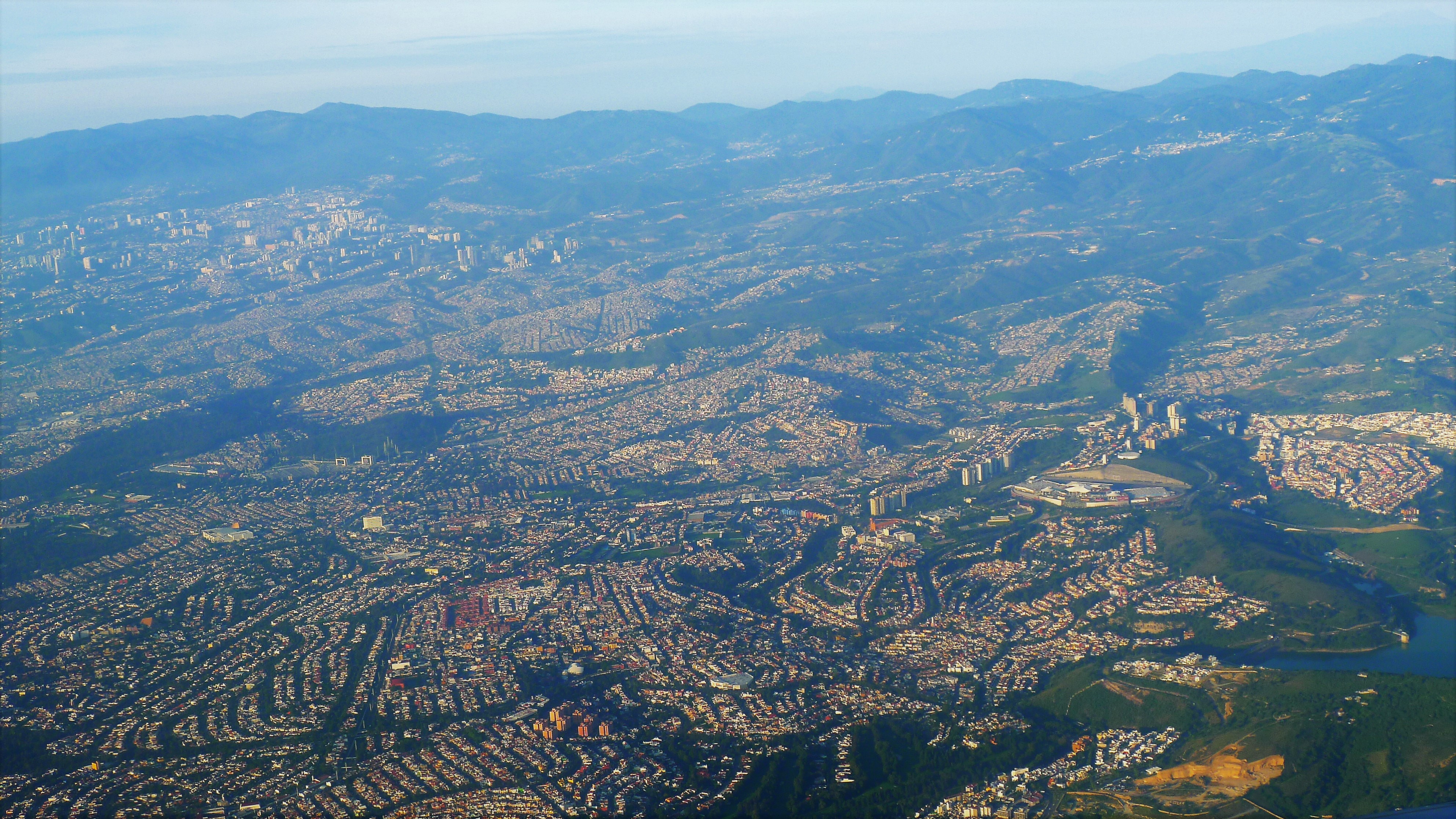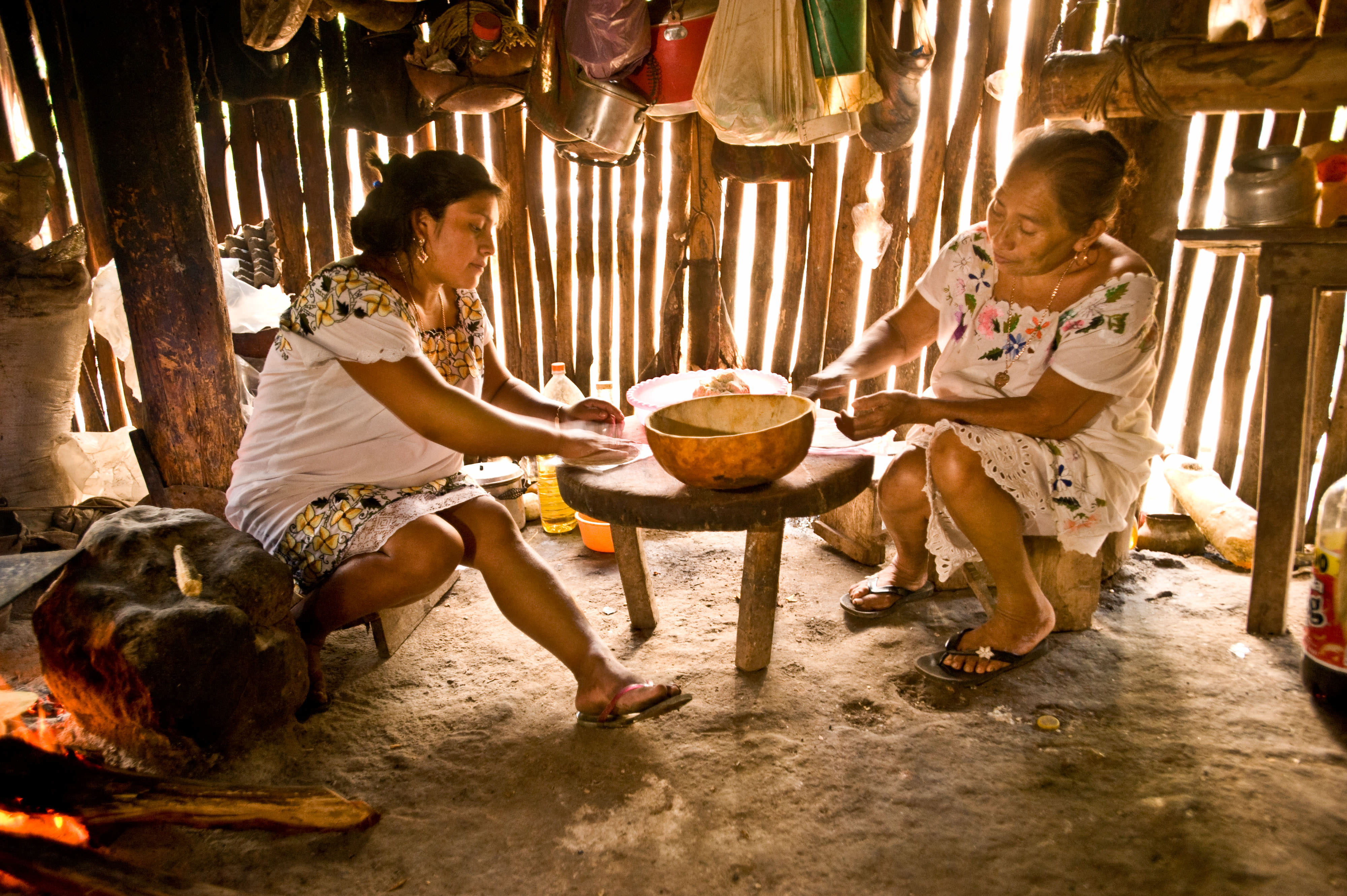Maya Forest Local Communities
Empowering local and indigenous communities to conserve and benefit from the Maya Forest
In Mexico, about half of the forested areas are owned by communities. In the Maya Forest of the Yucatan Peninsula, the ratio grows to 61 percent, which means that rural communities whose livelihoods deeply depend on this diverse ecosystem have the ability to make decisions to define its fate. However, they face numerous challenges. Climate change impacts such as more pronounced droughts, irregular rain cycles and hurricanes put food security at risk and make the landscape, and people, more vulnerable.
To a great extent, the Maya Forest survives because it is still deeply connected to the cultural and productive practices of rural communities with indigenous descent. Traditional farming and agrofrestry systems, such as the Mayan milpa (a diverse crop system of corn, beans, squash and other plants), Mayan gardens and beekeeping are compatible with the protection and sustainable management of resources and landscapes.
These high-value practices are also rapidly transforming as new ways of commercial production, supported by policies and subsidies, are pressuring communities to rethink their livelihood strategies. In response to these changes, community leaders, farmers, ranchers, youth and women all over the Yucatan Peninsula, in collaboration with non-governmental organizations, are taking the risk to test innovative production practices, put forward resources to promote and monitor community conservation schemes and invest their time to learn new skills.
Pilot Projects
Like all innovative experiences, the adoption of new practices by farmers, policy makers and decision-makers requires time, demonstration of impact and dissemination efforts. The Nature Conservancy works with more than 20 non-governmental organizations, in all corners of the Yucatan Peninsula, to prove the viability of adopting best production and conservation practices.
Through testing, producer-to-producer dialogue and strengthening of local governance, the Conservancy has advanced sustainable rural development and conservation efforts in many communities of the Maya Forest.
Here are some of the many projects we are undertaking in the Maya Forest:
- Traditional farming practices such as milpa systems can be improved with small-scale technology such as small tractors. With the help of his sons, Gualberto Casanova reduces weeks of work to a few hours of labor, freeing up time for them to engage in other soil improving practices.
- Women also participate in rituals and practices surrounding the milpa, a millenary system that combines corn, beans and squash to sustain soil quality while ensuring food production. Maria Feliciana works hard to preserve the native seeds that have adapted to the harsh conditions of the region, ensuring protection of genetic biodiversity and food security.
- By promoting farmer-to-farmer on-site exchanges, TNC hopes to spread best production practices across the Yucatan Peninsula. Farmers from communities in different states, some who have never crossed political boundaries, meet to learn and exchange knowledge on conservation agriculture practices. They are also introduced to cutting-edge technology such as precision planting.
- Expanding pastures for livestock production is the main driver of deforestation in the Yucatan. TNC pilots best ranching practices with local leaders. Silvopastoral systems in tropical systems can intensify cattle production from one cow per hectare to up to four, while restoring and diversifying pastures with a variety of grasses, shrubs and trees.
- The Maya Forest is known for its biodiversity. The southern part of this ecosystem is also recognized for the high value hardwood tree species such as mahogany.The presence of high value hardwoods has long generated a local and international economy around forest resources in this region. Local communities like the 20 de Noviembre ejido have ownership over these resources and have Forest Management Plans to rationally harvest wood and employ best practices to reduce the impact of logging in their ecosystem.
- TNC promotes a Community-Based Monitoring (CBM) to build capacities of community members to measure and monitor their natural resources in order to improve their management.
- Wood-saving stoves are another way to reduce forest degradation. These stoves were designed with local materials and adapted to respond to local needs. Through its efficiency, this eco-technology reduces wood use by over 50 percent, as well as breathing problems for the women within their houses and time spent by their spouses or children harvesting wood in the forest.
- Bee-keeping and honey production is an essential activity to local livelihoods and forest conservation. The Yucatan Peninsula produces almost 50 percent of the honey produced in Mexico, most of it exported to Europe and all of it sustaining rural families. Bees are the forest’s most important pollinators. In turn, they need forest cover, the diversity of flowers and humidity to survive and produce honey. The honey produced has the flavors of hundreds of tree species of the Maya Forest.
- The Yucatan Peninsula is also known for one of the largest underground river or karst systems in the world. Sinkholes or cenotes adorn the surface of the forest and make for attractive ecotourism initiatives. Youth from the Miguel Colorado ejido are becoming stewards of these systems by engaging in sustainable tourism projects.
- It is estimated that 50 percent of the jaguar populati on in Mexico lives in the Yucatan Peninsula. By supporting monitoring and ecosystem connectivity, TNC helps protect this emblematic species of the Maya Forest.
Tree nurseries are an essential part of biodiversity protection and ecosystem restoration. A nursery within the Kaxil Kiuic Reserve is generating thousands of local trees to enrich silvopastoral ranches and bee-keeping areas, as well as restore degraded lands.
Our Work in Pictures

